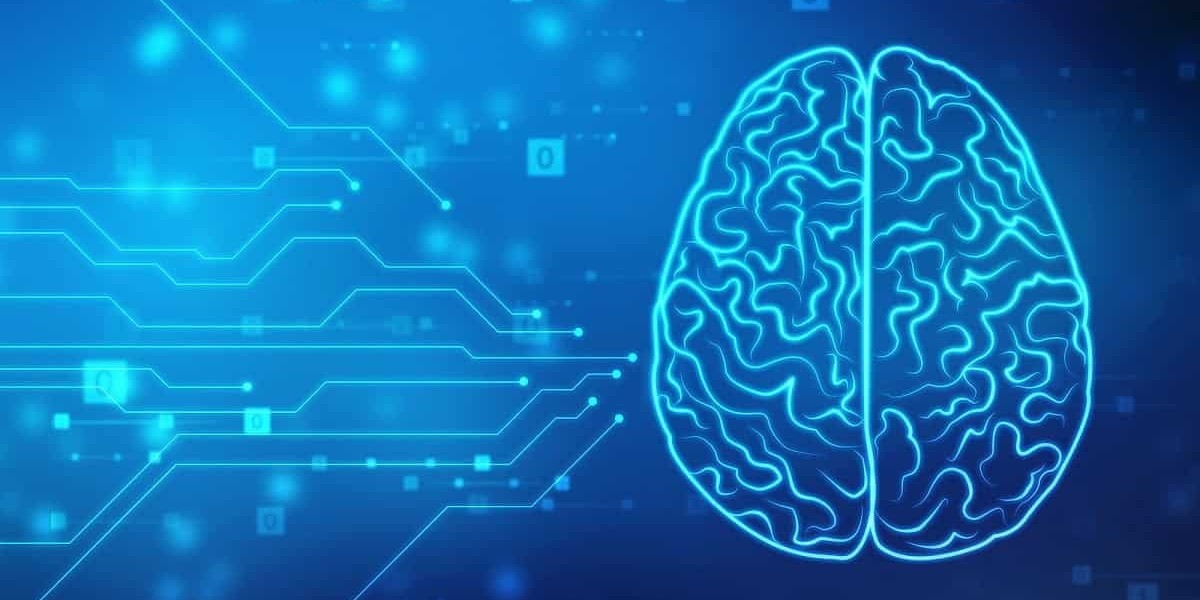The human brain, the most complex organ in the known universe, has captivated scientists and philosophers for centuries. Its intricate network of neurons, pulsating with electrical signals, holds the key to our thoughts, emotions, and very consciousness. Yet, despite our best efforts, much of its inner workings remain shrouded in mystery.
However, a new frontier is emerging in the quest to understand and interact with the brain: AR brain interaction. This cutting-edge technology, once relegated to the realm of science fiction, is now poised to revolutionize the field of neuroscience, opening up a world of possibilities for exploration and intervention.
AR Brain Interaction: A Glimpse into the Future
Imagine a world where we can not only observe brain activity but also interact with it in real-time. AR brain interfaces could allow us to:
- Visualize brain activity in real-time: By overlaying AR visualizations on top of brain scans, neuroscientists can gain a deeper understanding of how different brain regions interact and communicate. This could lead to breakthroughs in our understanding of neurological disorders like Alzheimer's and Parkinson's disease.
- Control external devices with thought: Imagine controlling a prosthetic limb or a robotic arm simply by thinking about it. AR brain interfaces could empower people with disabilities to regain independence and control over their movements.
- Enhance cognitive performance: AR could be used to provide real-time feedback and training to improve focus, memory, and learning. This could have applications in education, healthcare, and even the workplace.
- Treat neurological disorders: AR-based therapies could be used to stimulate specific brain regions or modulate neural activity, offering new hope for treating conditions like depression, anxiety, and chronic pain.
These are just a few examples of the transformative potential of AR brain interaction. As the technology matures and becomes more accessible, we can expect even more groundbreaking applications to emerge.
Challenges and Opportunities
While the potential of AR brain interaction is immense, there are also significant challenges that need to be addressed. One major concern is the ethical implications of directly interfacing with the brain. Issues of privacy, security, and potential misuse of this technology need careful consideration.
Furthermore, the development of safe and effective AR brain interfaces requires collaboration between neuroscientists, engineers, and ethicists. This interdisciplinary approach is crucial to ensure that this technology is used responsibly and ethically.
Despite these challenges, the future of AR brain interaction is bright. With continued research and development, this technology has the potential to revolutionize not only neuroscience but also our understanding of the human mind itself.
BroadMind: Pioneering the Future of Brain-Computer Interfaces
BroadMind, a company at the forefront of neurotechnology, is actively involved in developing AR brain interfaces. Their Cognitive Brain Scan, for example, uses AR to visualize brain activity in real-time, providing valuable insights for cognitive training and rehabilitation.
BroadMind's team of experts, including a professor from UC Davis and a winner of the BCI Award, is committed to pushing the boundaries of brain-computer interaction. Their work is paving the way for a future where AR empowers us to understand, enhance, and interact with the brain in ways we never imagined before.
The future of neuroscience is no longer confined to the sterile walls of laboratories. With AR brain interaction, we stand on the threshold of a new era of discovery, where the mind and technology converge to unlock the secrets of the human brain and shape a brighter future for all.








